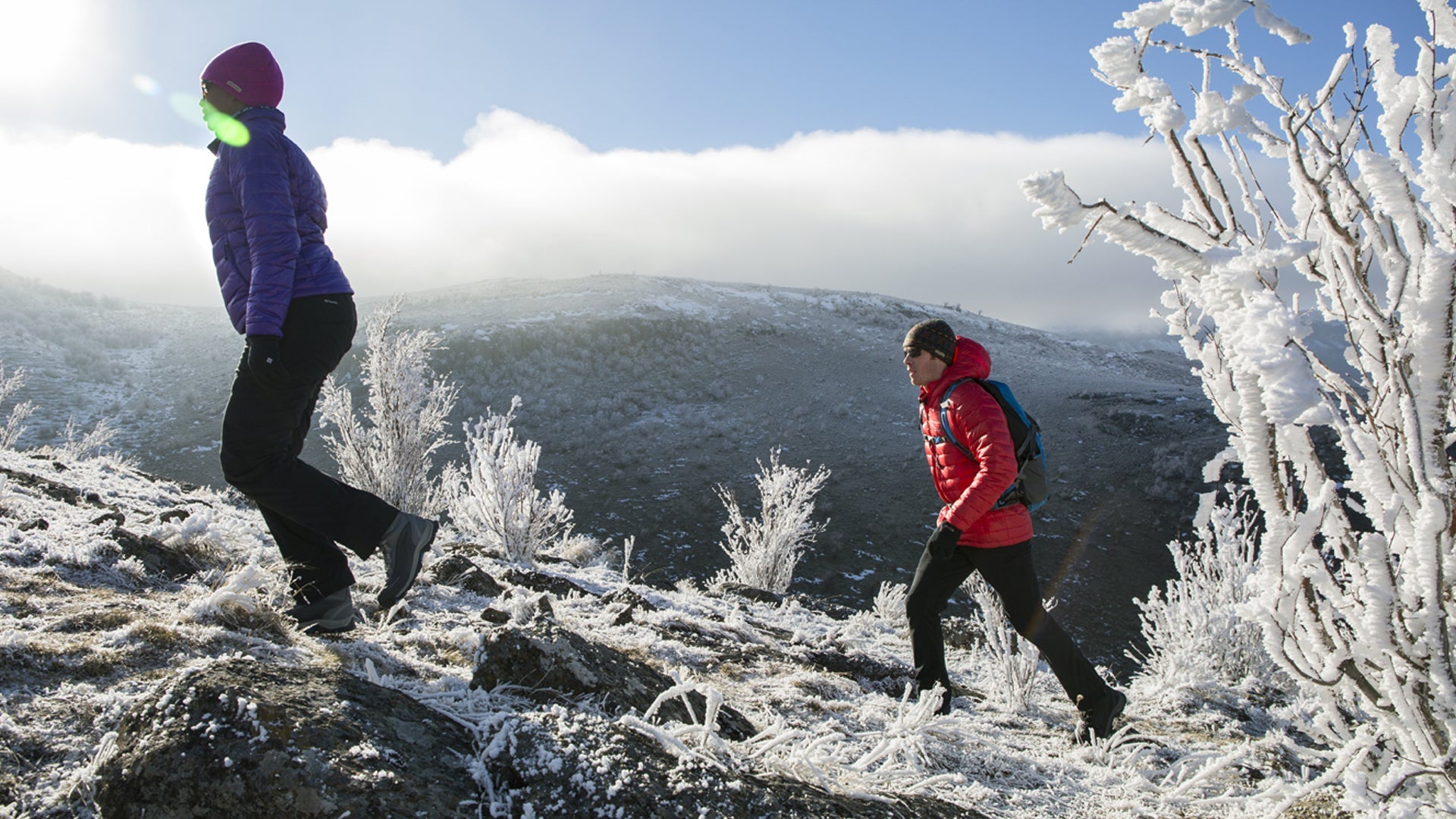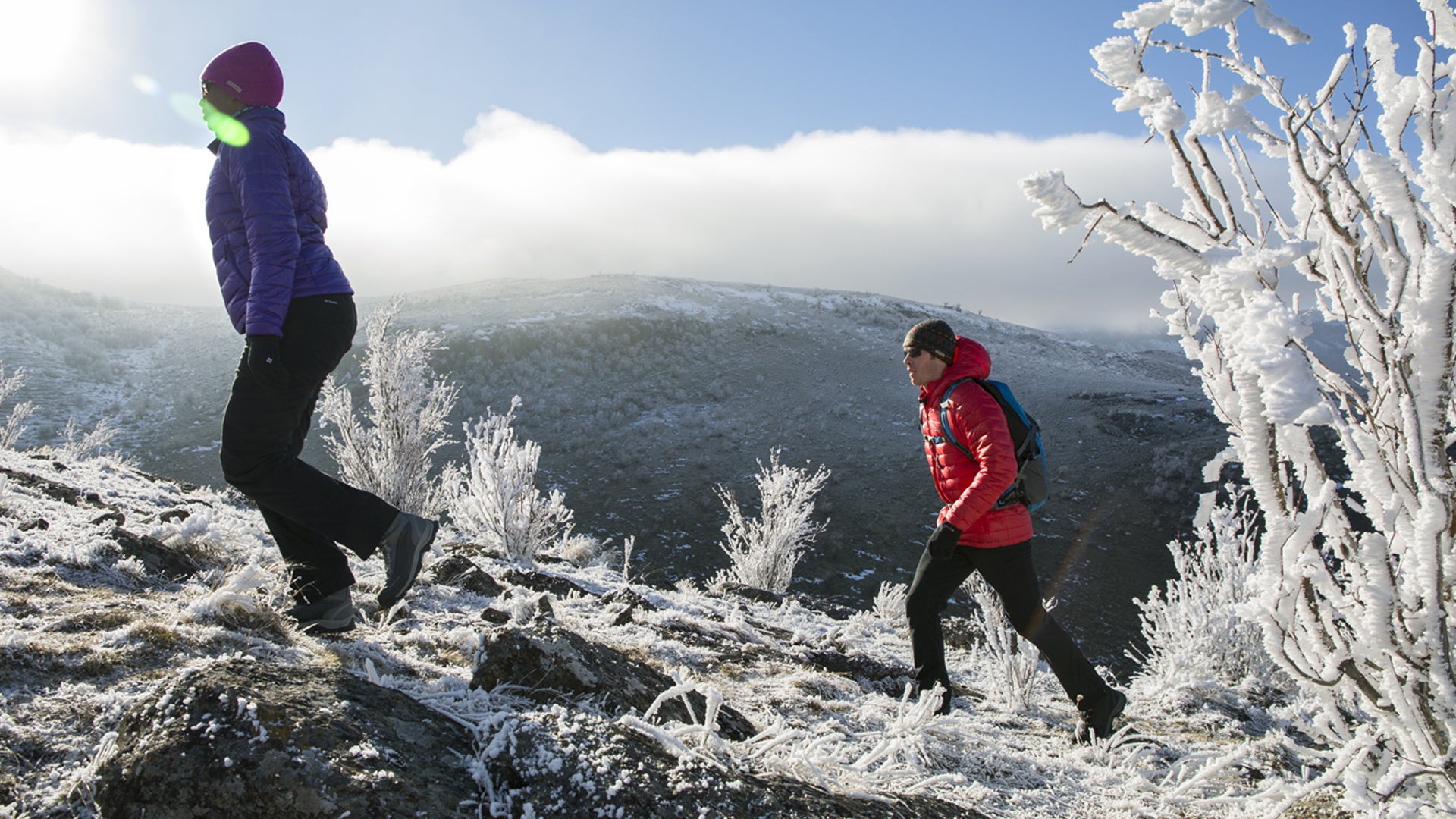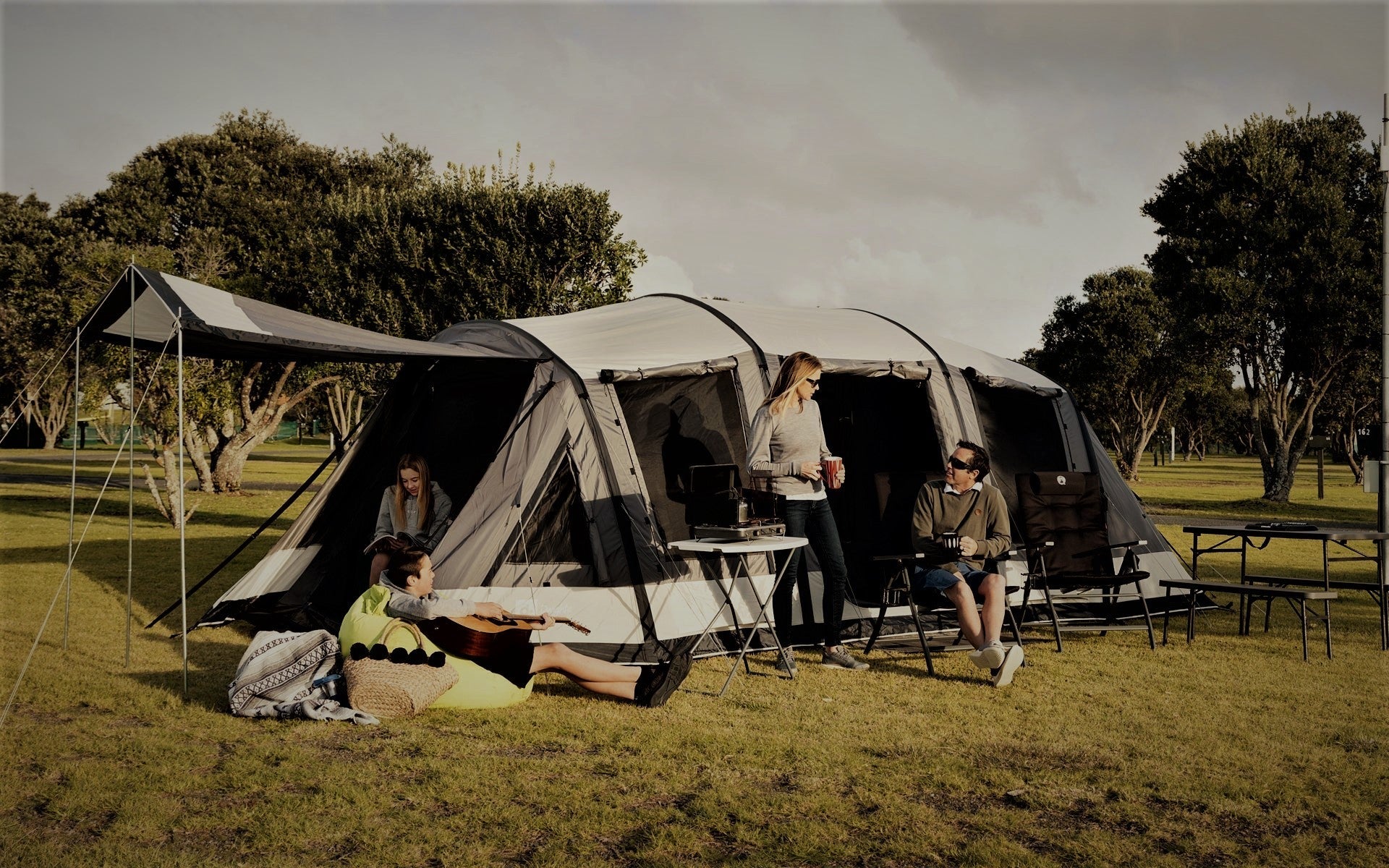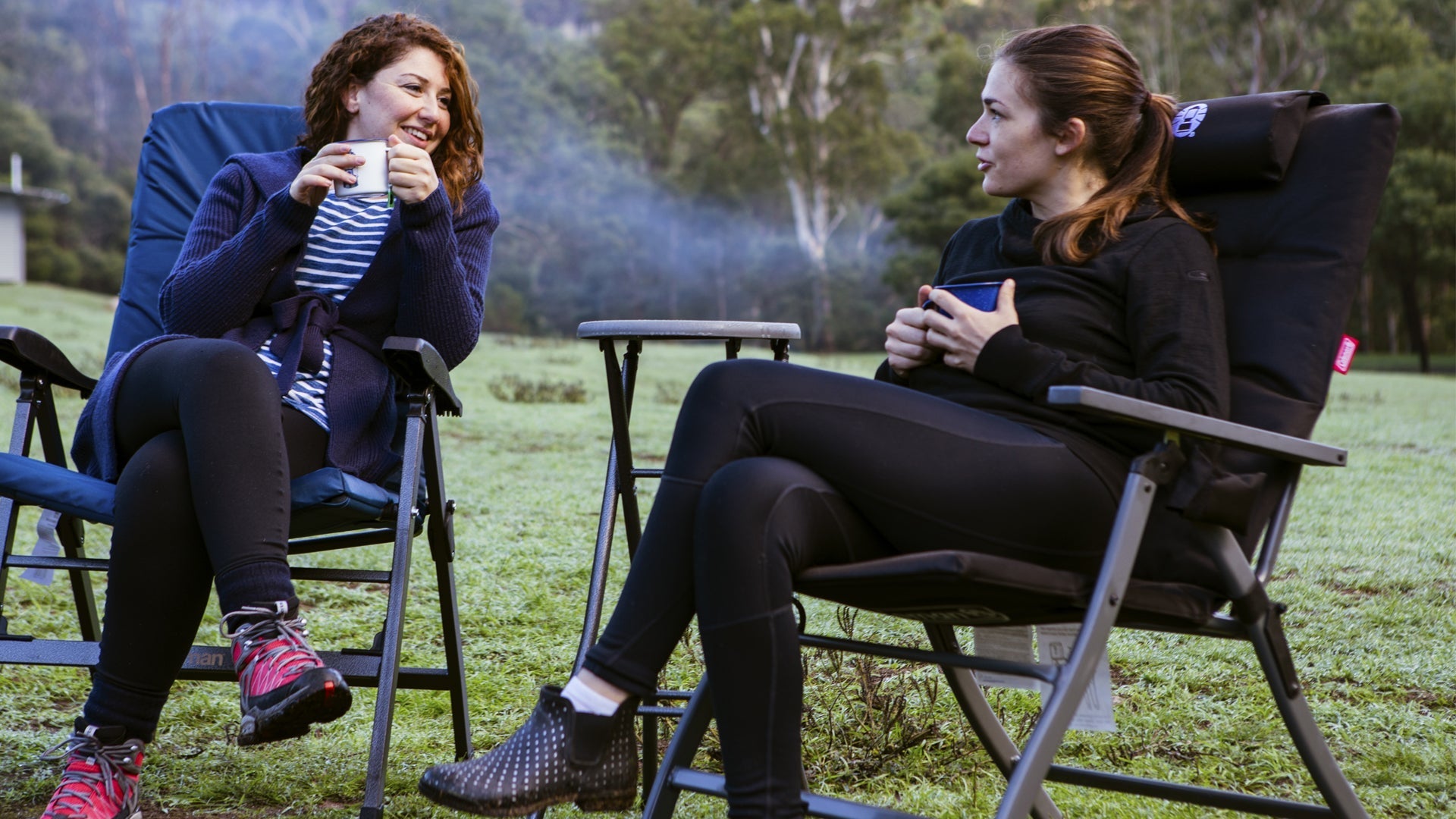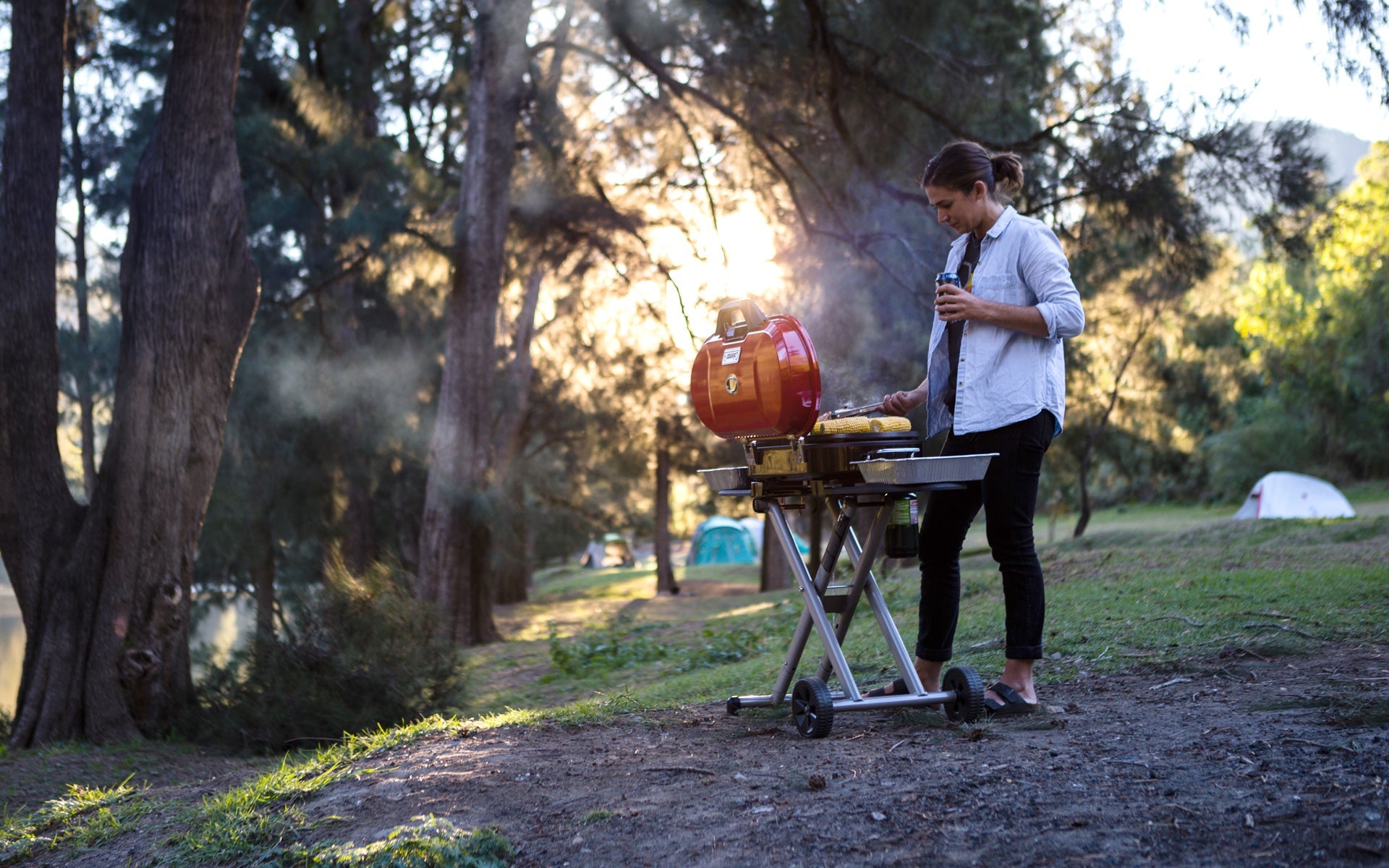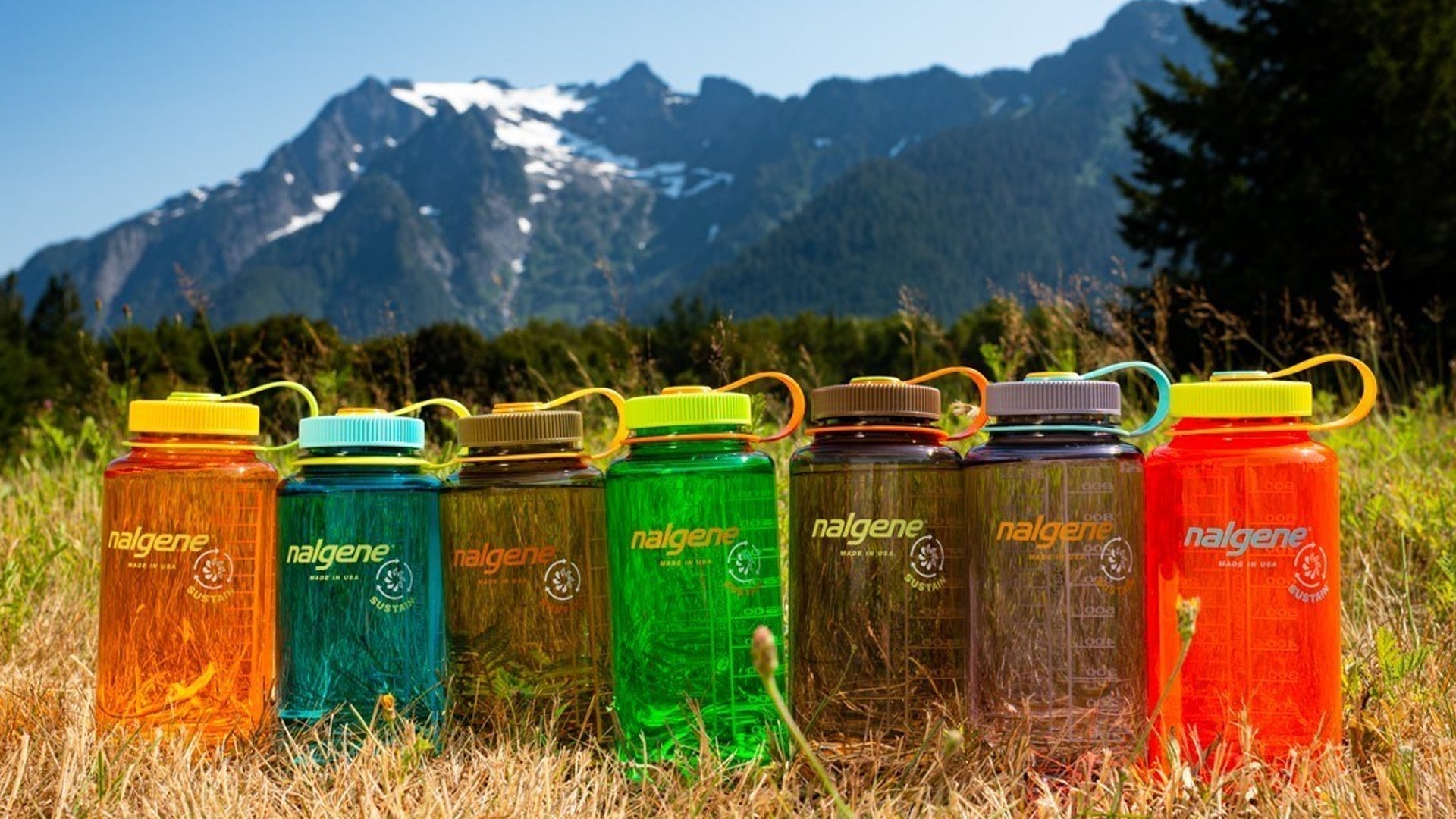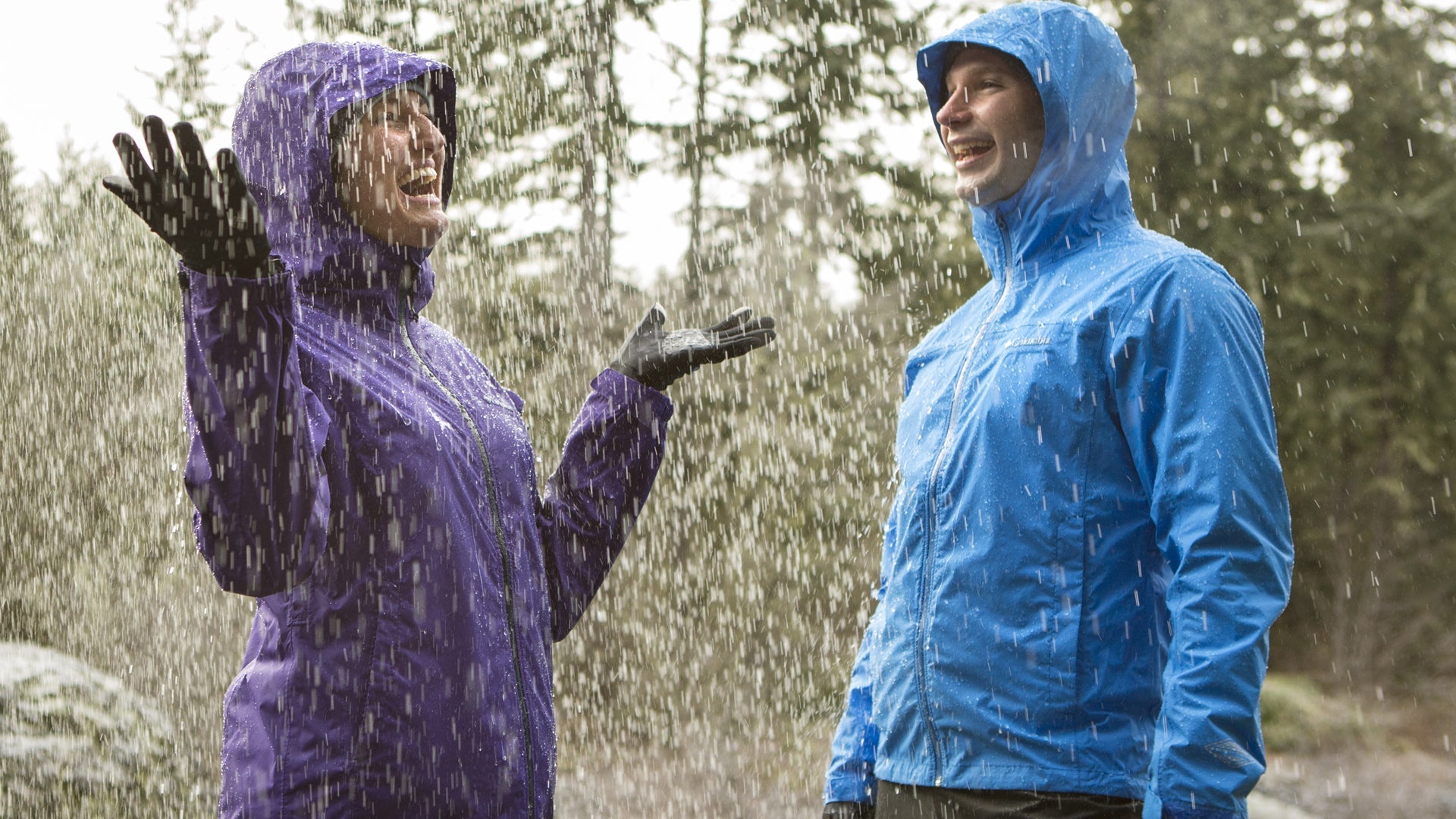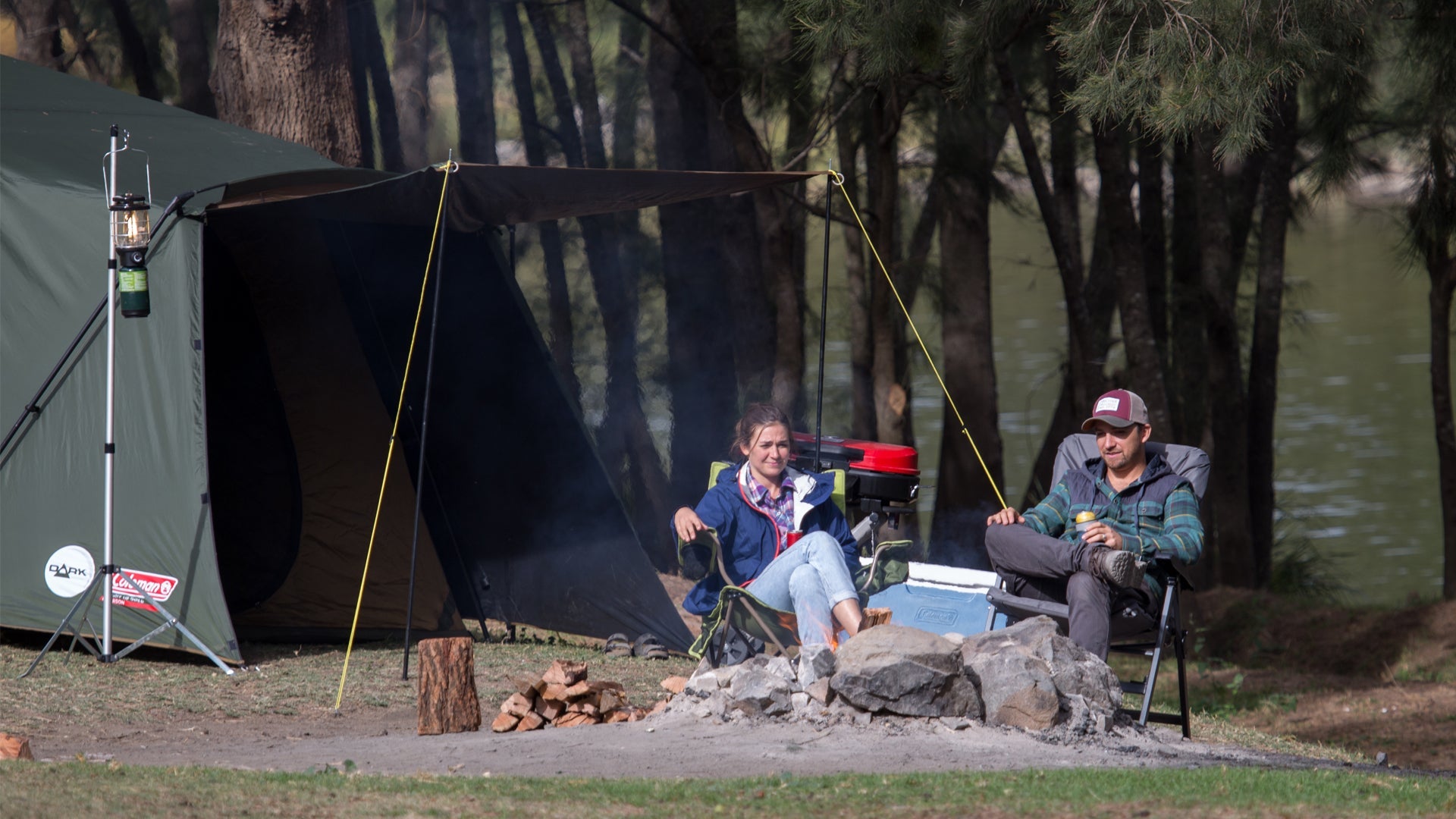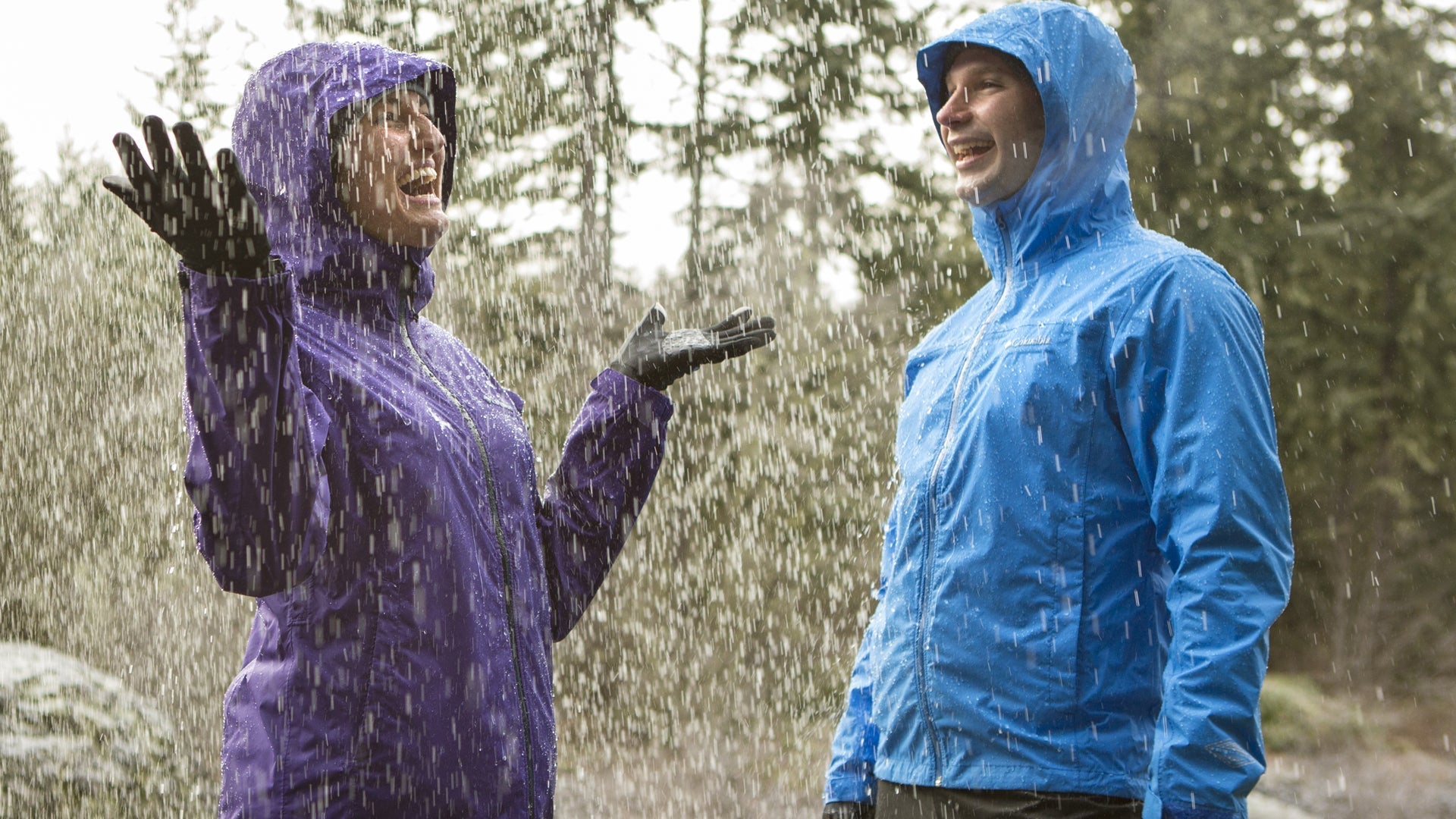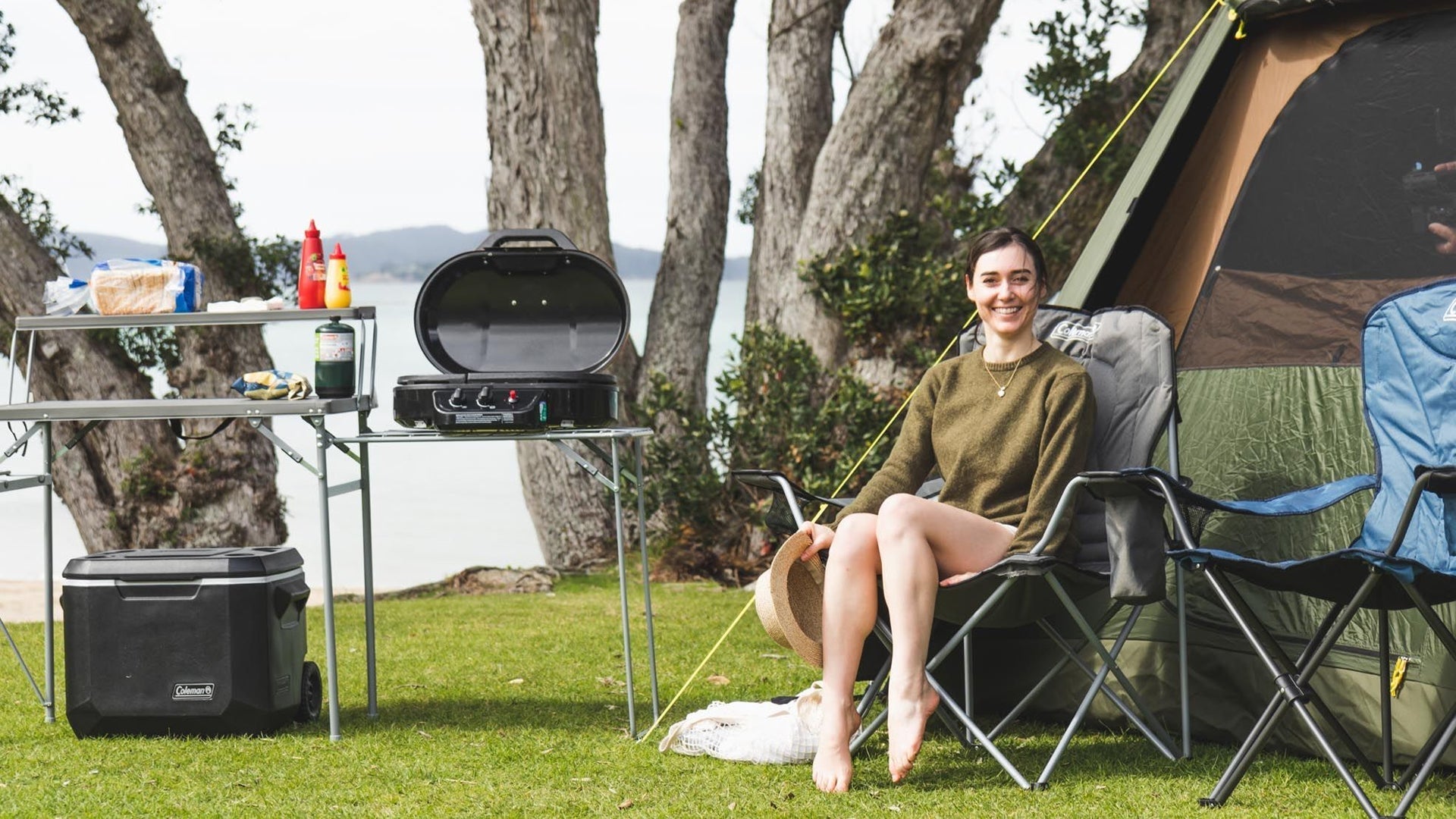Which Hiking Poles Should I Choose?
Hiking poles have become a must for any backpacking trip or a long hike. It is easy to understand why once you know all the benefits.
Hiking poles provide stability when walking on uneven terrain and help maintain a steady pace over long distances. If you hike on a trail with many obstacles, like large rocks, puddles, or logs, walking poles can help you maneuver the terrain more safely. Finally, they prevent injuries by reducing the impact on your hips, knees, and ankles.
If you have decided to shop for some hiking poles, this guide is for you! We describe the most important features to consider when picking the best hiking poles for you.
Features to consider when choosing hiking poles
Style: telescoping vs folding walking poles
Walking poles are useful when hiking but are not the most practical thing to carry around when you are not using them. To address this problem, many companies make collapsible trekking poles that you can easily attach to your backpack. There are two main types: telescoping and folding hiking poles.
Collapsible poles are locked in place with either a twist or a lever-locking system. Twist systems are not as popular because they can get stuck if you tighten them too much. They can also get loose as you walk, providing less stability.
Telescoping walking poles
Telescoping poles are made from two to three sections that slide in and out of one another. They are a popular option because they are durable and easy to use. You can also adjust their height, which is not always possible with other types of walking poles.
However, telescoping poles are not as easy to carry because they are often heavier and do not collapse as small as folding walking poles.
Folding walking poles
You collapse folding walking poles just like you would a tent pole. They have a cord in the shaft and easily fold up. They collapse smaller than telescoping poles and are also lighter. On the other hand, they cannot be adjusted as much as telescoping poles and cannot bear as much weight either.
Shaft material: aluminum vs carbon hiking poles
The weight and durability of hiking poles heavily depend on their material. Nowadays, most are made either from carbon or aluminum.
Carbon hiking poles are usually considered the best option because they are lighter and stiffer. However, they are more likely to break than aluminum poles. Indeed, if they bend past a certain point, they may break. It is something to consider if you want to go trekking in a remote area with many obstacles and want to avoid losing a pole mid-hike.
Aluminum hiking poles are cheaper, more durable, and not as likely to break as carbon walking poles. They are heavier, which can be a problem if you have to carry them around for long distances or periods of time.
Grip material: foam, rubber, or cork hiking poles
The grip is the part you hold with your hand. Some are made of foam, which is comfortable and soft. The foam absorbs water and sweat and, therefore, breaks down faster than other types of material.
Cork hiking poles assume the shape of your hand and are more moisture-resistant. They stay dry in wet conditions and do not absorb your sweat, which means they are more durable. Because of this feature, they are also usually more expensive.
Finally, rubber grips reduce the shock and vibration to the hand. They are also great if you hike in cold weather because they stay warm. However, rubber is not very comfortable and can cause blisters or chafing, especially if you sweat from your hands.
Other considerations
Size
To measure the size you need, bend your elbow 90 degrees and measure the distance between your wrist and the floor. Select a hiking pole that can adjust to that length.
You need a pole that can shorten by five to ten centimeters from your ideal length to get more leverage when going uphill. It should also lengthen five to ten centimeters from your ideal length to help you maneuver long downhill sections.
Wrist straps
Wrist straps secure your grip and help with stability. Most of them are adjustable, but make sure you can wrap them around your wrist and under your thumb.
If you are concerned about chafing, you can get padded or lined straps, which are more gentle on the skin.
Ready to purchase your hiking poles?
Dwight's Outdoors has a wide selection of poles of the highest quality. Head to our website's hiking poles section to shop.
If you have questions or need assistance, email us at online@dwights.co.nz or use our contact form. Our team will be pleased to assist you!




